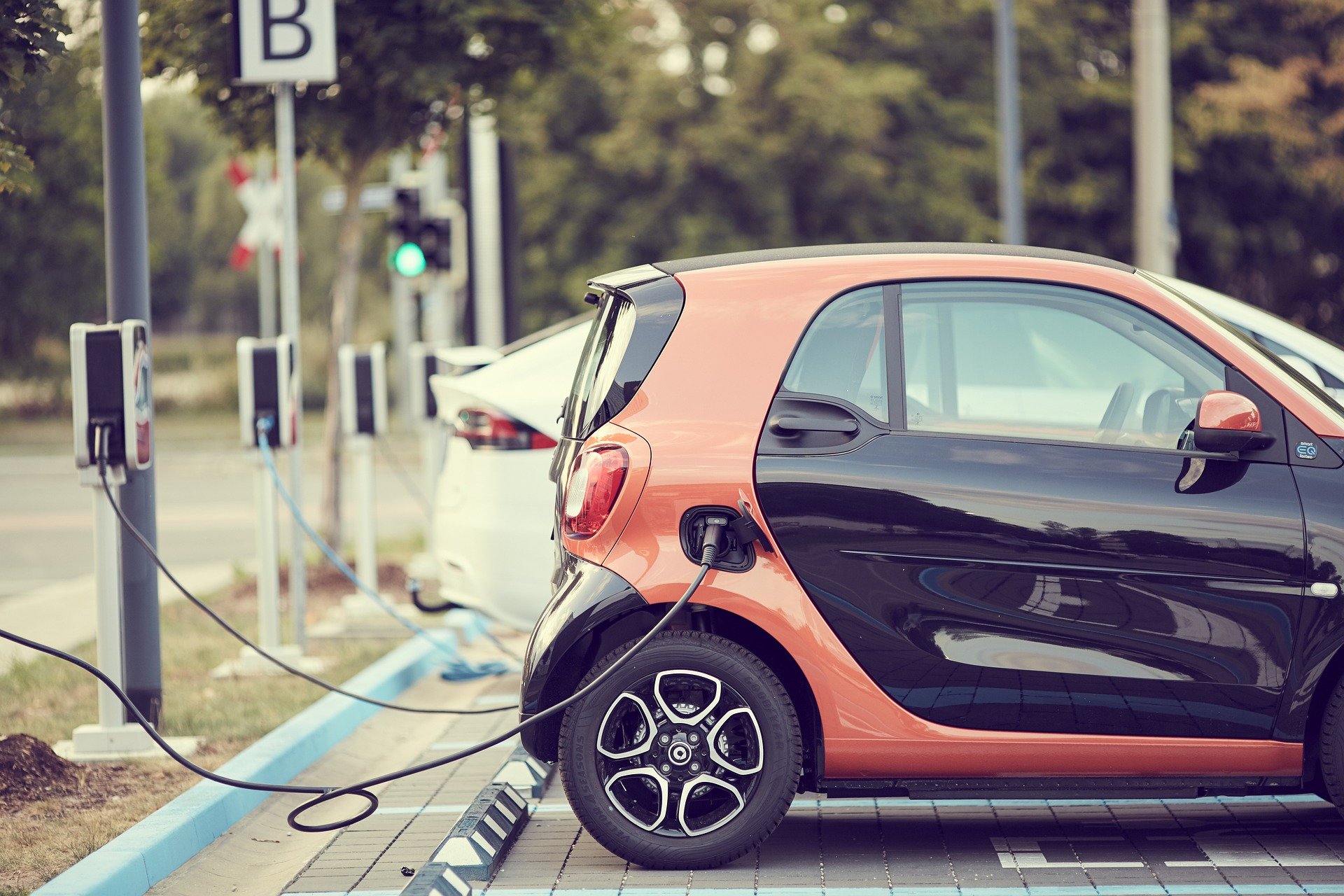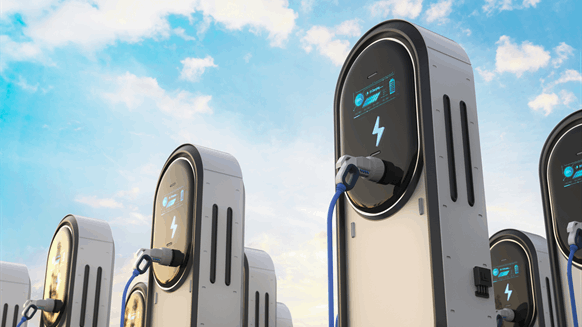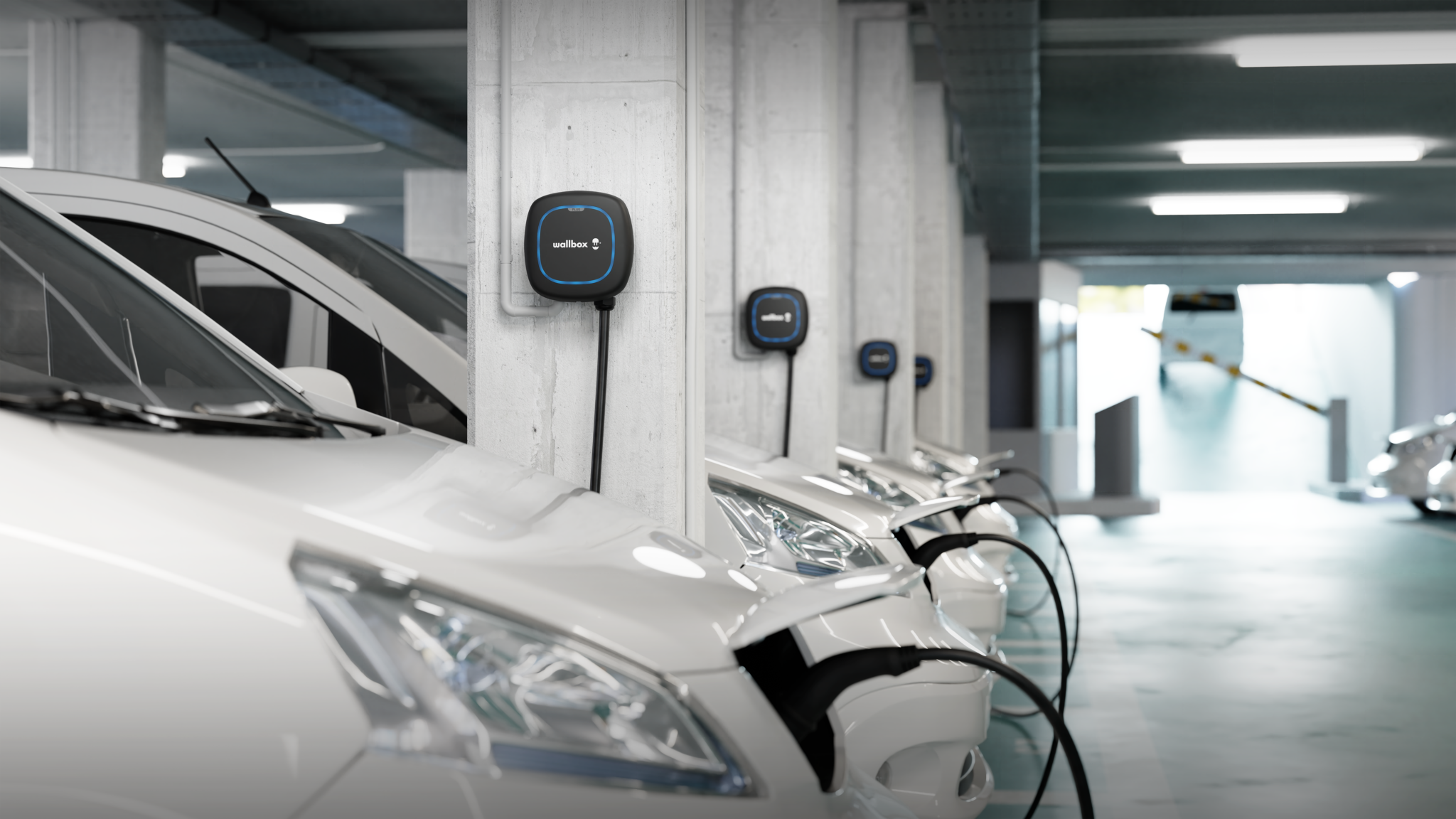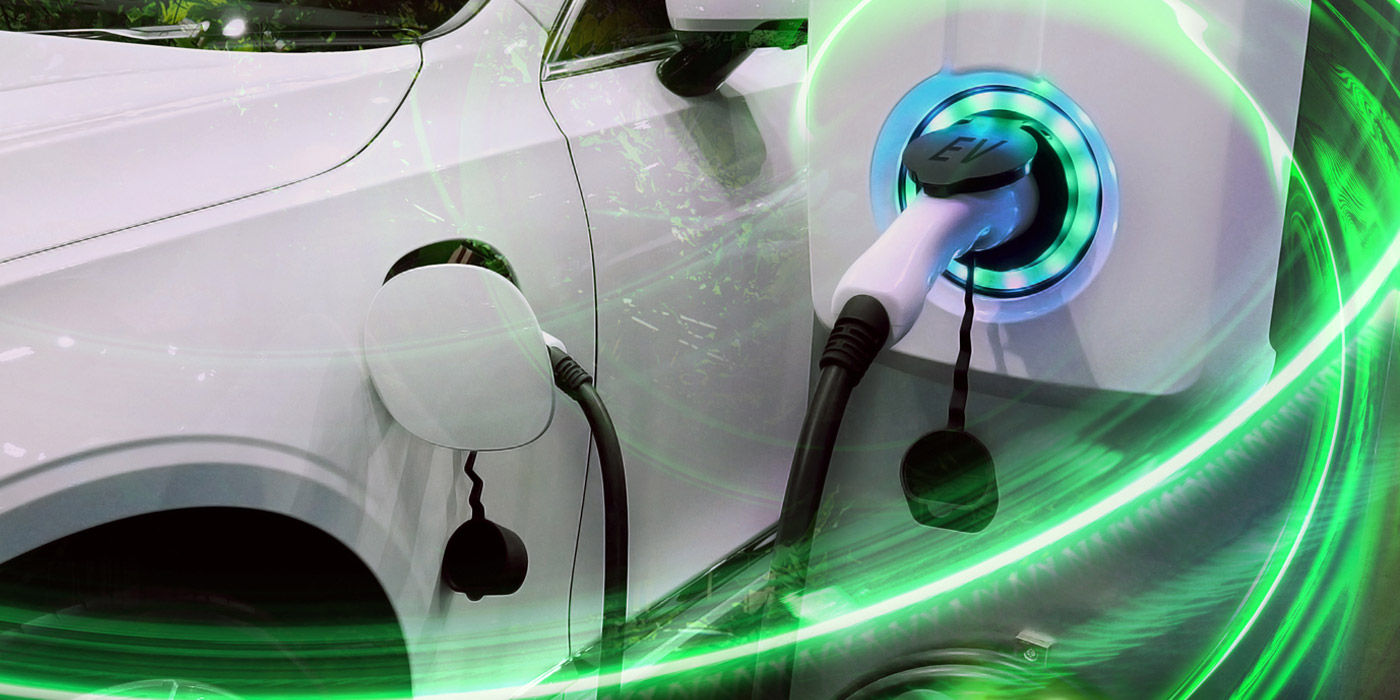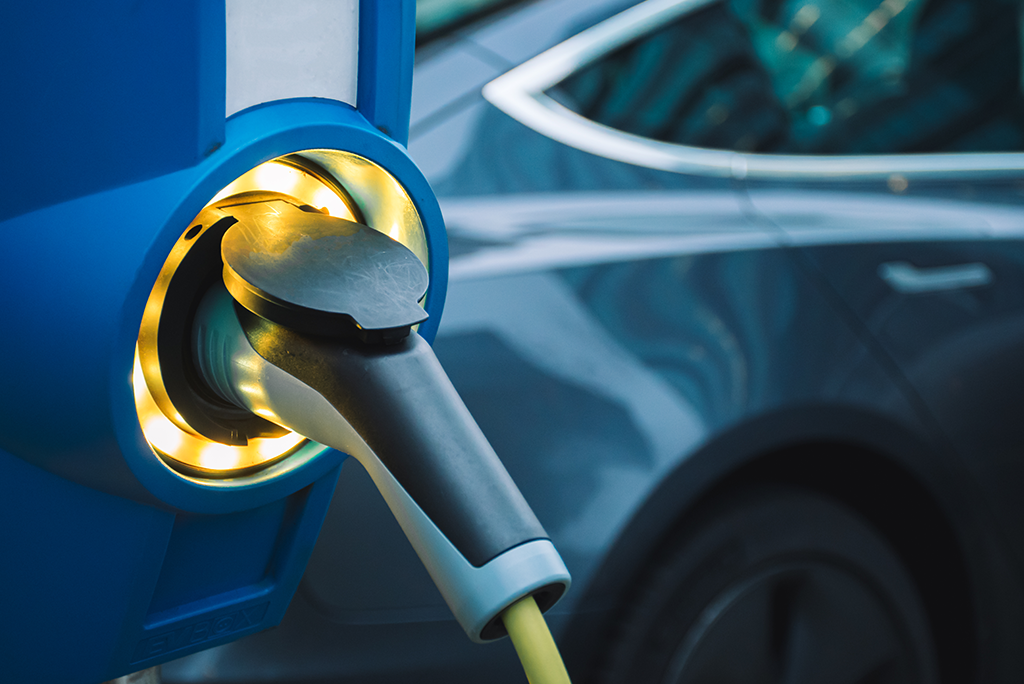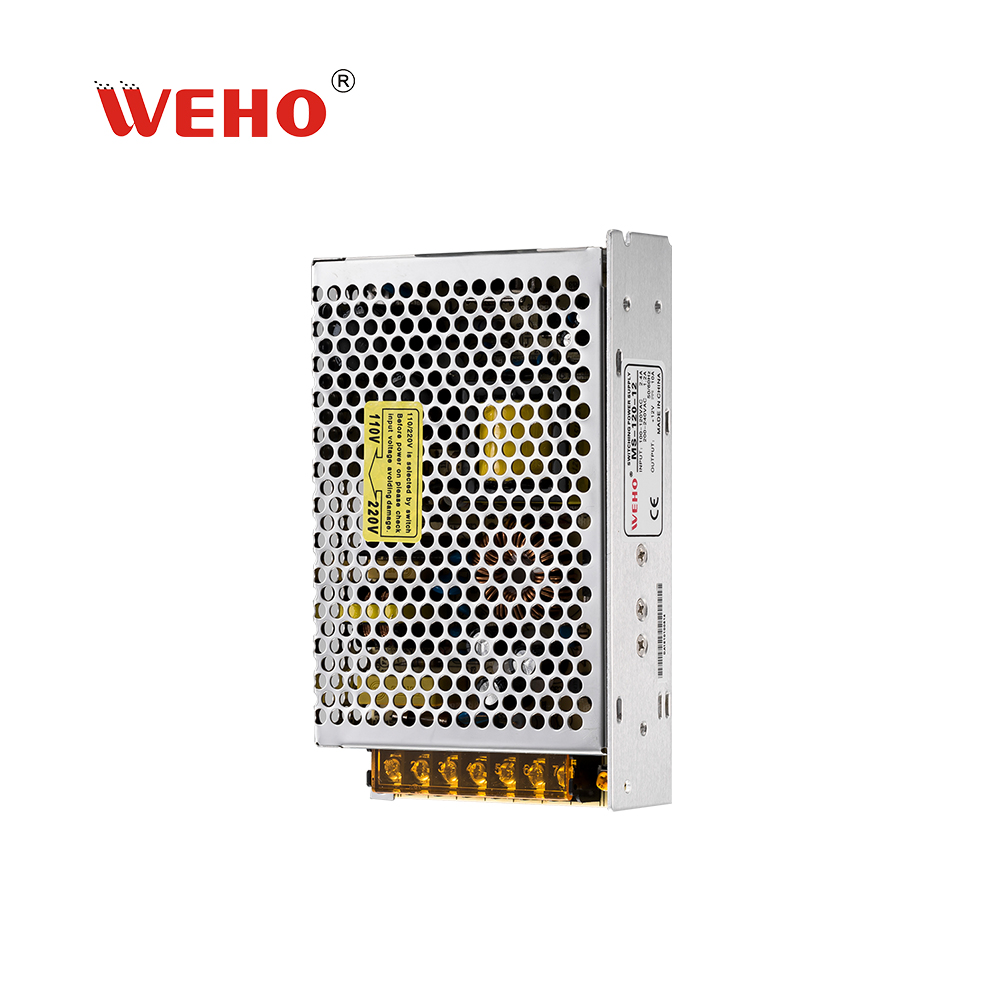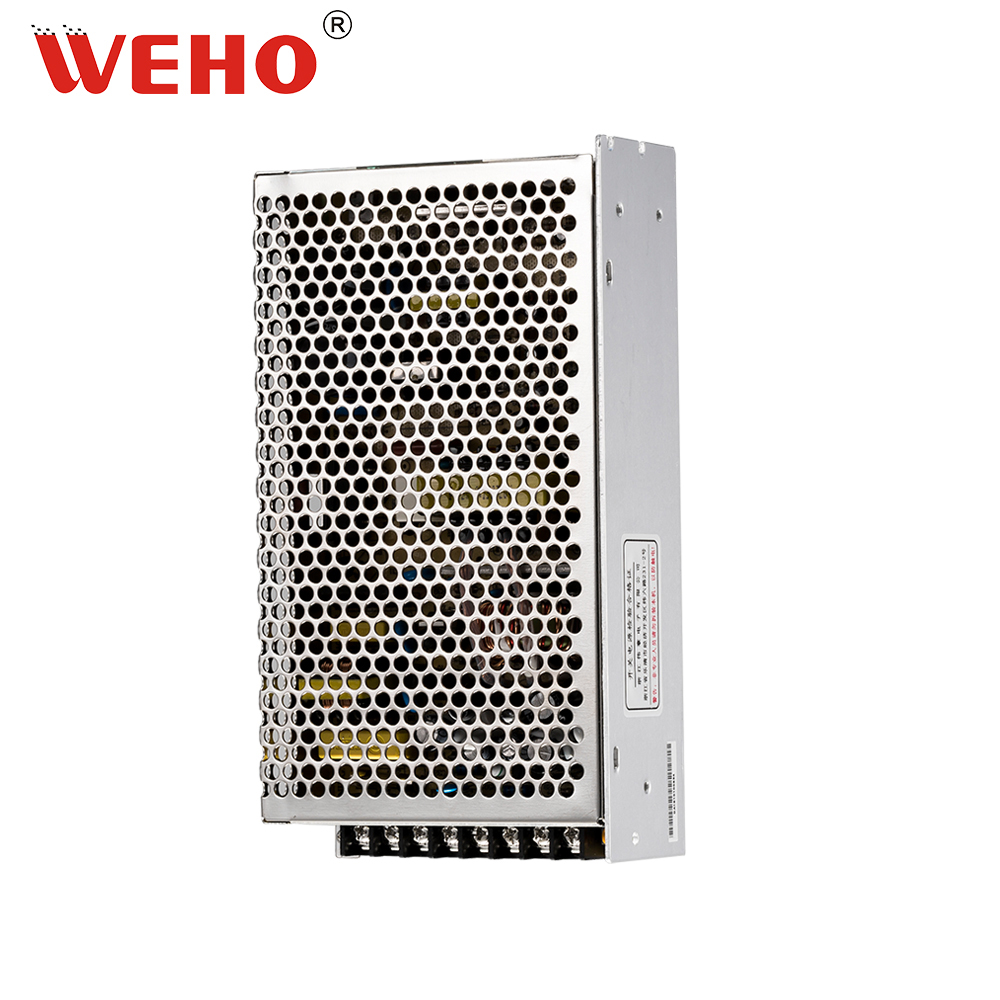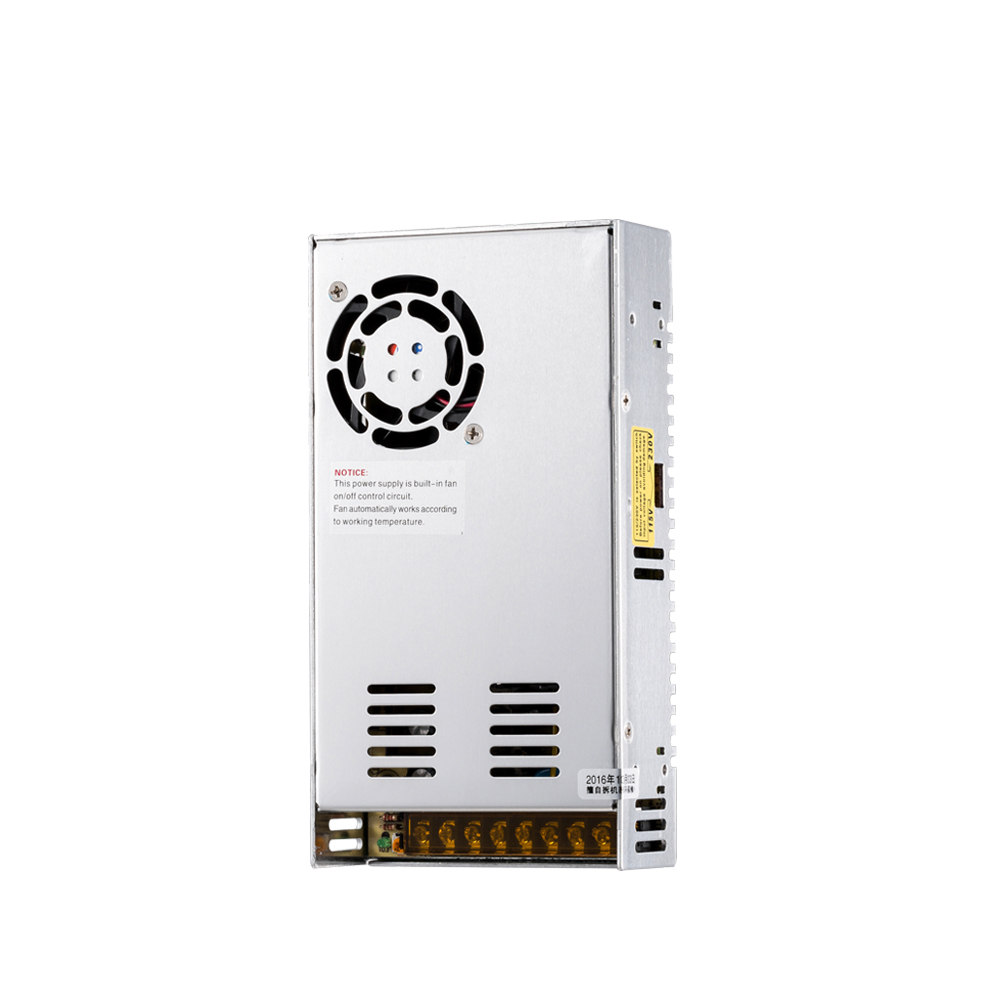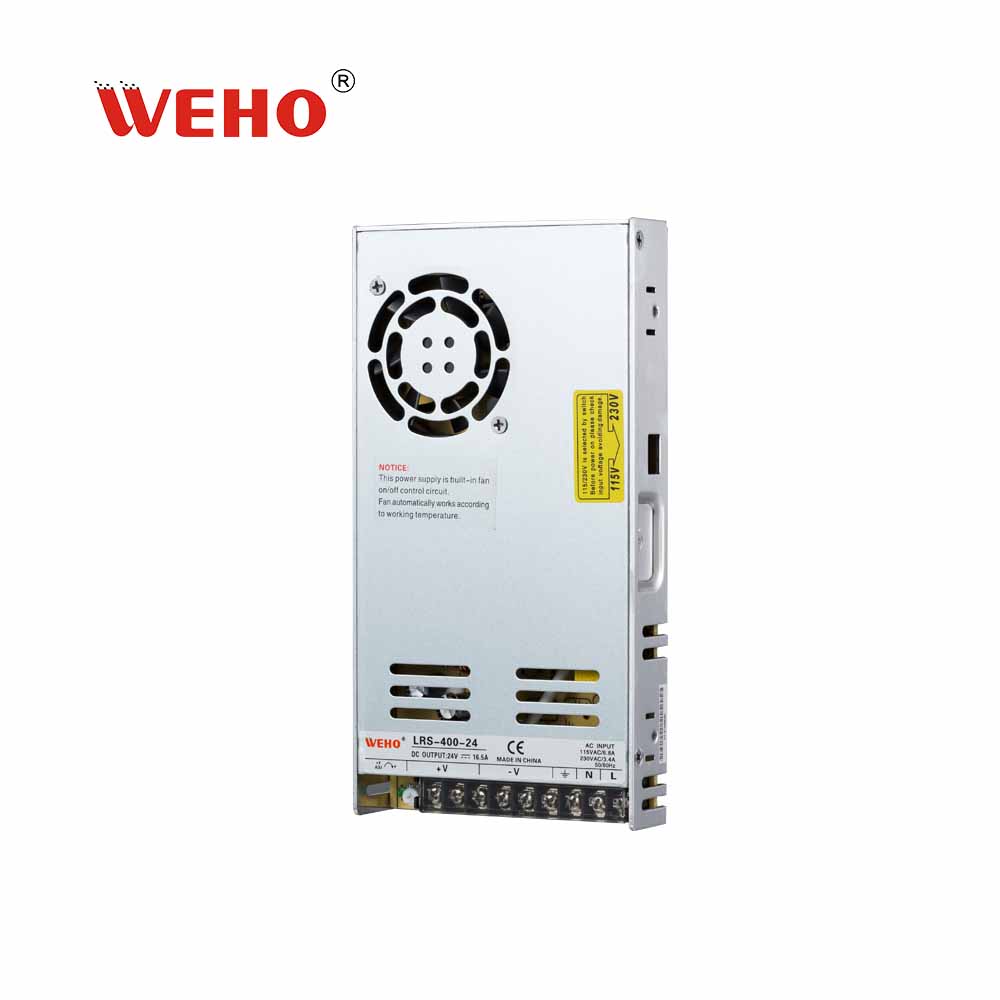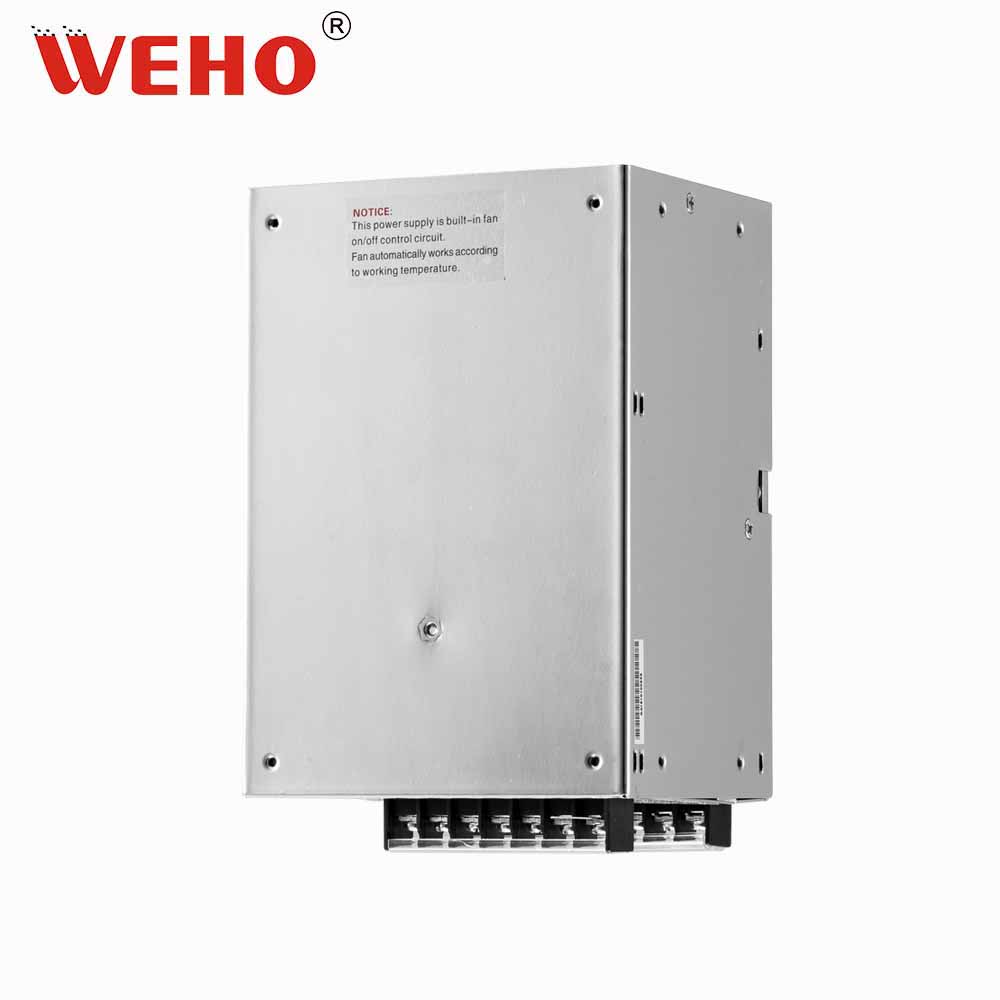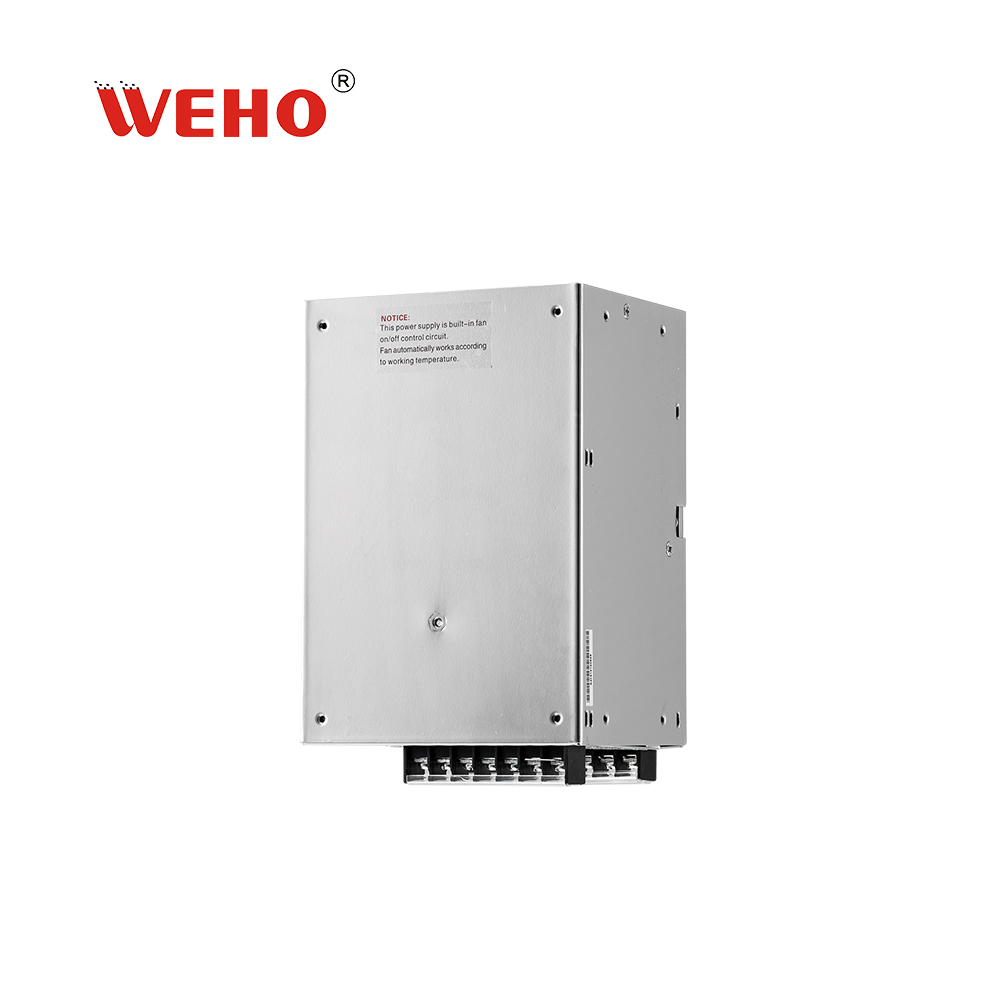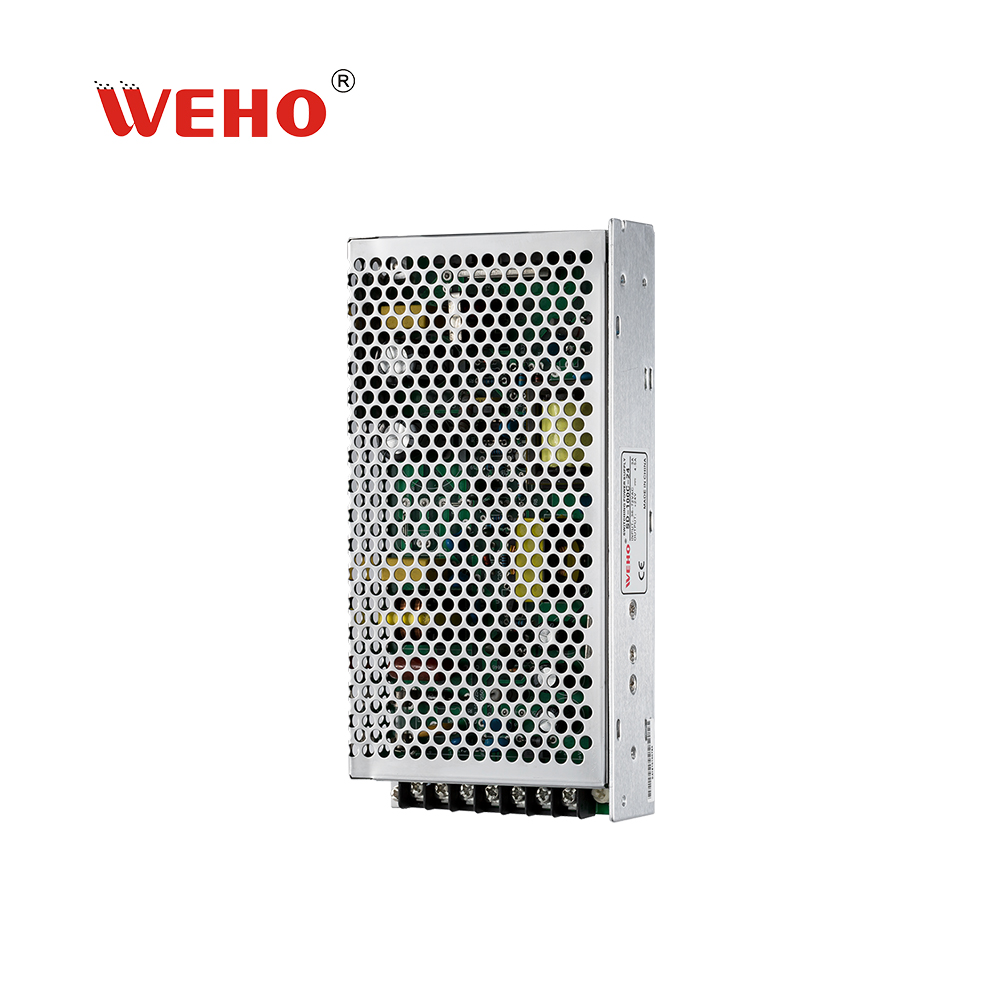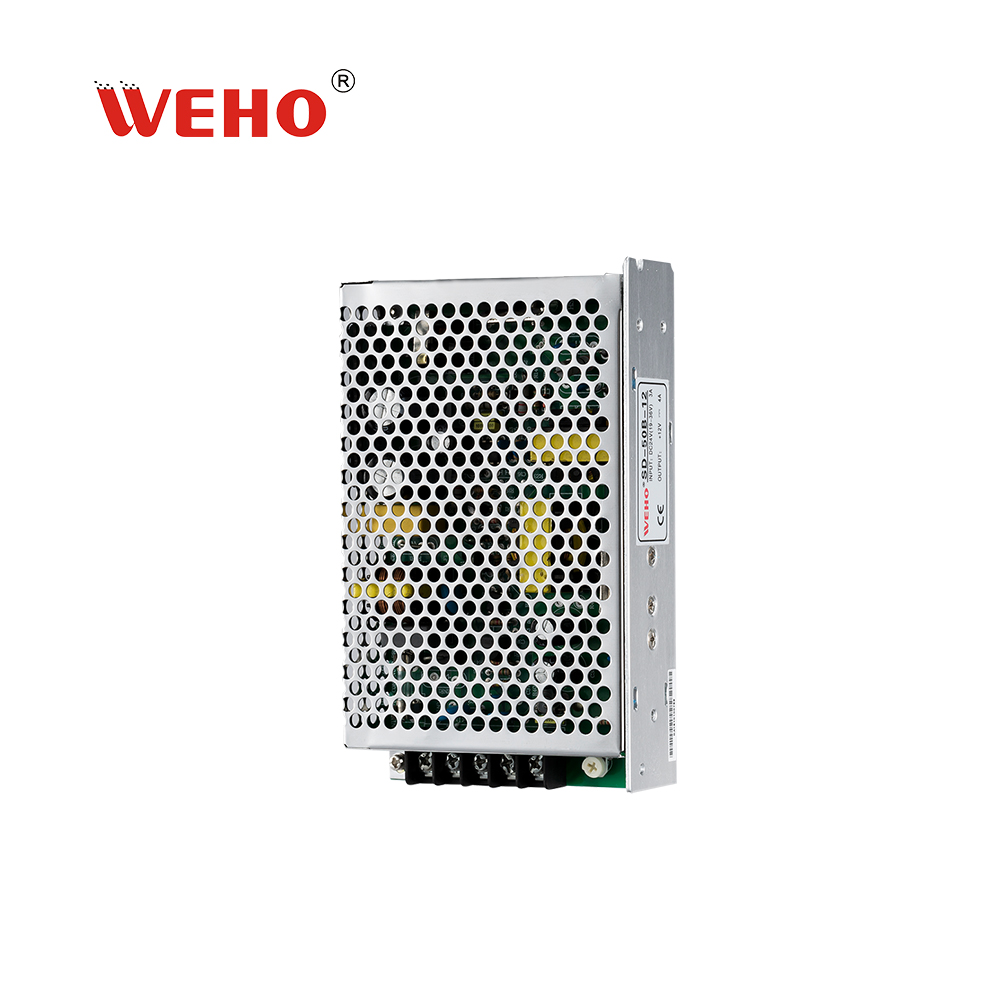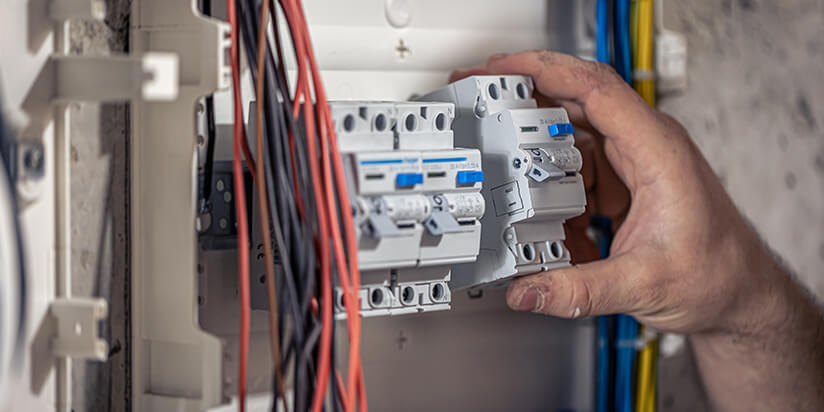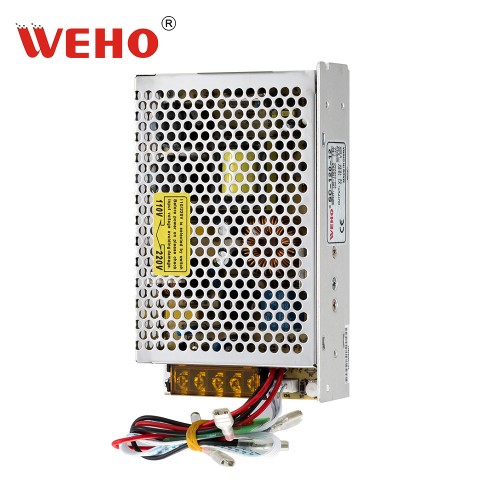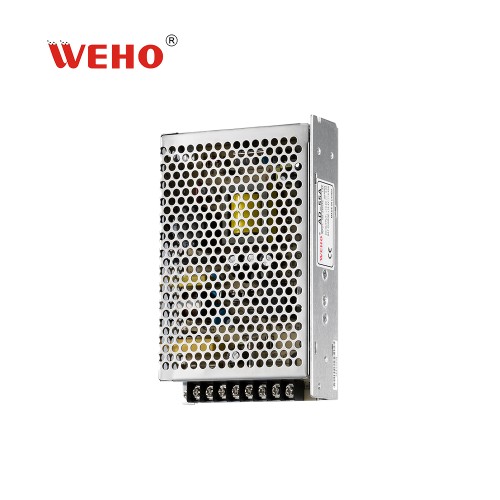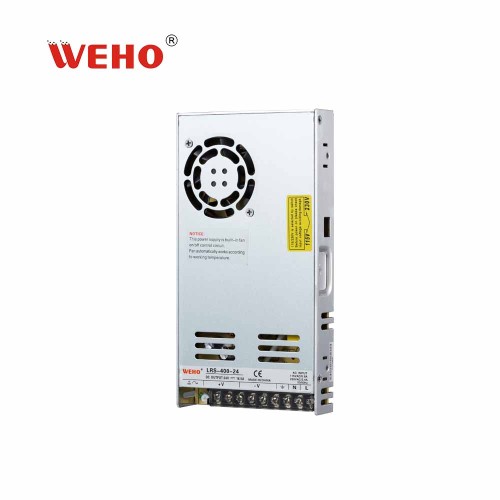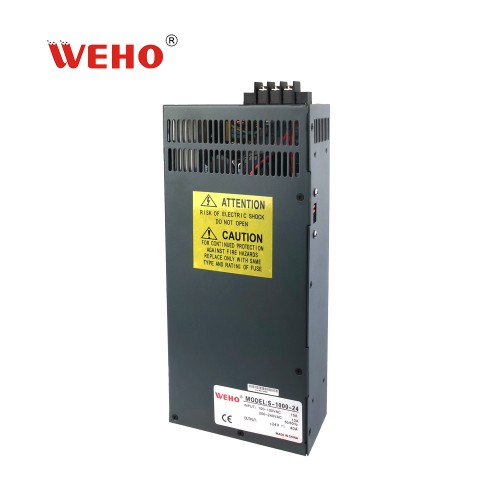Tips for Choosing the Right Power Supply Ratings for Your Unique Use Case
Let’s discuss how to choose the perfect power supply for your specific needs.
Know your system’s requirements
When selecting a power supply, it’s crucial to evaluate your system’s power requirements thoroughly. This involves determining the necessary supply voltage, current, and wattage, as well as any specific supply size or form factor. By doing so, you can ensure that your system operates reliably and efficiently. Take the time to carefully assess your power needs before making a decision on which power supply to choose.
Identify the key parameters and features that are important to you
Say you need an easily customizable modular power supply, or are looking for a specific power supply life span. By considering these aspects, you can determine the ideal power supply for your specific needs.
Additionally, check for any unique features or technologies that may be important to your specific application. If you work with fragile electronic components, you will need a power supply with excellent output voltage regulation and minimal ripple.


